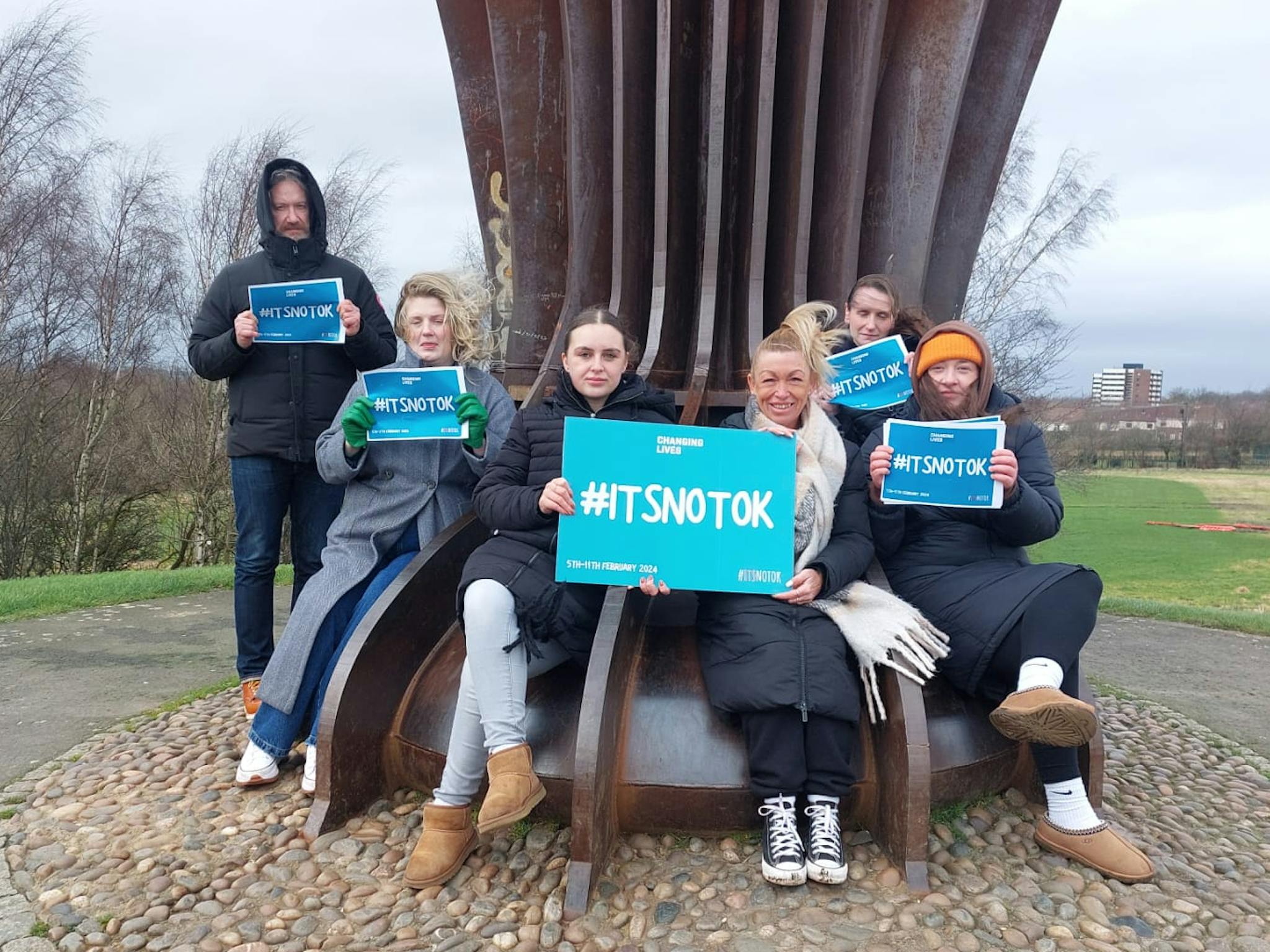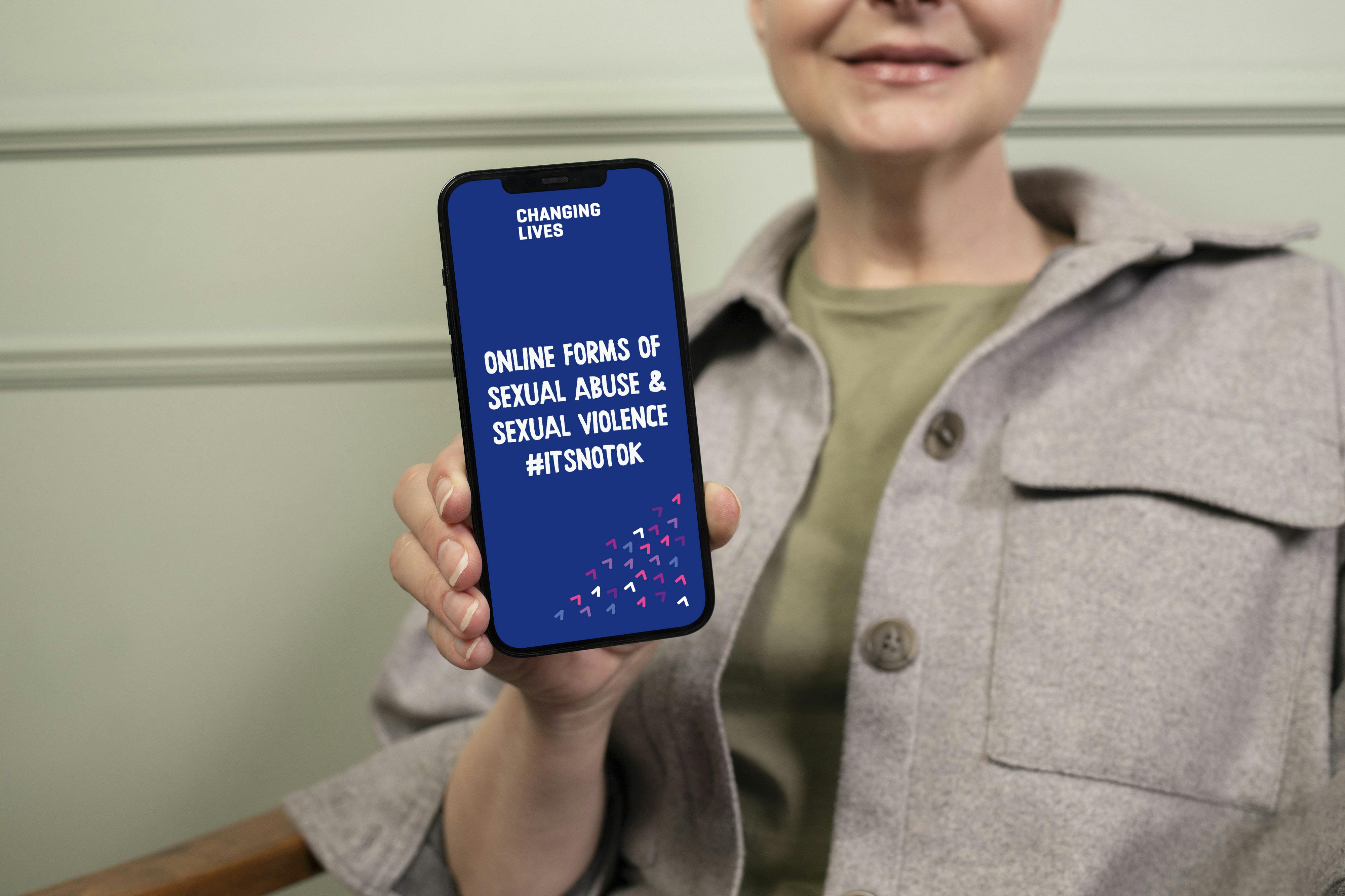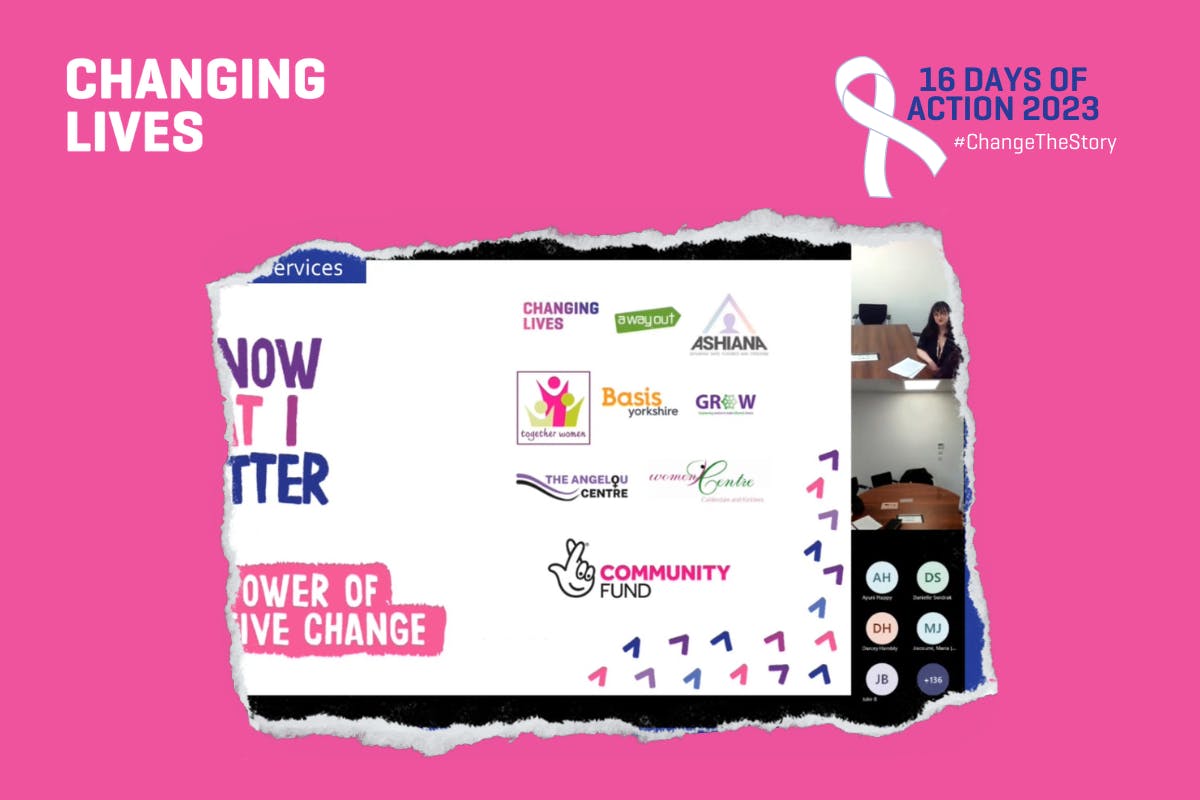To Mark Sexual Abuse and Sexual Awareness Week (5-11 February), Netreach Service Manager Hannah shares a blog about online harms and tech abuse, and how they contribute to growing numbers of sexual abuse and violence.
Often, when we think about sexual violence and sexual abuse, we think of crimes that occur within an in-person context, forgetting about how these can be facilitated or enabled via online platforms and technology. Below are just some examples of how the internet and technology can enable sexual assault and sexual violence.
Online dating-related sexual violence
National Crime Agency (NCA) data shows that the number of female victims of online dating-related sexual assaults aged 19 and under has increased since 2016. The Serious Crime Analysis Section (SCAS) reviewed data from 671 sexual assault cases reported to the NCA, which occurred between 1 April 2003 and 21 March 2021 following a first face-to-face meeting, after initial contact via an online dating website or app. The victims in 83% of the 671 cases were female, 17% were male. The largest proportion of both male and female victims were still aged 20-29, accounting for 40% of cases. 47% of suspects for these offences have a previous conviction, compared with 54% of all named suspects on the SCAS database.
Our National Netreach project provides support to individuals who have experienced online dating-related sexual assault. We have found that victims often feel shame, self-blame and are reluctant to form new relationships due to mistrust.
Sexually Coerced Extortion
Sexually coerced extortion, also referred to as ‘Sextortion’ is the practice of extorting money or sexual favours from someone by threatening to reveal evidence of their sexual activity.
In the first half of 2023, the Internet Watch Foundation (IWF) reported receiving more reports of suspected sextortion cases (191) than in the whole of 2022 (30). Older teens between 14-17, particularly boys, are the most targeted victims for this crime.
The emotional impact of sexual extortion on a child can be devastating, placing vulnerable victims in danger of self harm or suicide.
Adult Sexual Exploitation facilitated via Adult Service Websites
Across our Netreach project we have received a number of disclosures from women who have had their sexual content shared and sold via online platforms without their consent. In addition to this, Adult Service Websites (ASWs) have been known to be utilised by perpetrators of human trafficking and sexual exploitation in order to exploit vulnerable individuals into the sex industry for their own financial gain. The regulation of ASWs is complicated and often unregulated, allowing for perpetrators to often utilise the space with ease and remain unnoticed by law enforcement.
At Changing Lives, we have a number of provisions that support adult victims of sexual exploitation and work alongside local police forces and the criminal justice system to better support victims of Adult Sexual Exploitation (ASE). Our Netreach team have also been working closely with some ASWs to improve regulation, identify signs of ASE and provide support to those who have been a victim of crime.
To find out more about Sexual Abuse & Sexual Violence Awareness Week visit: https://sexualabuseandsexualviolenceawarenessweek.org/
To find out more about Sexual Assault Referral Centre's (SARC) in your area visit: https://www.nhs.uk/service-search/other-health-services/rape-and-sexual-assault-referral-centres
To find out more about our support, visit: https://www.changing-lives.org.uk/find-support
References
- https://www.nationalcrimeagency.gov.uk/who-we-are/publications/583-online-dating-scas-statistics-2021/file
- https://www.iwf.org.uk/news-media/news/hotline-reports-shocking-rise-in-the-sextortion-of-boys/








